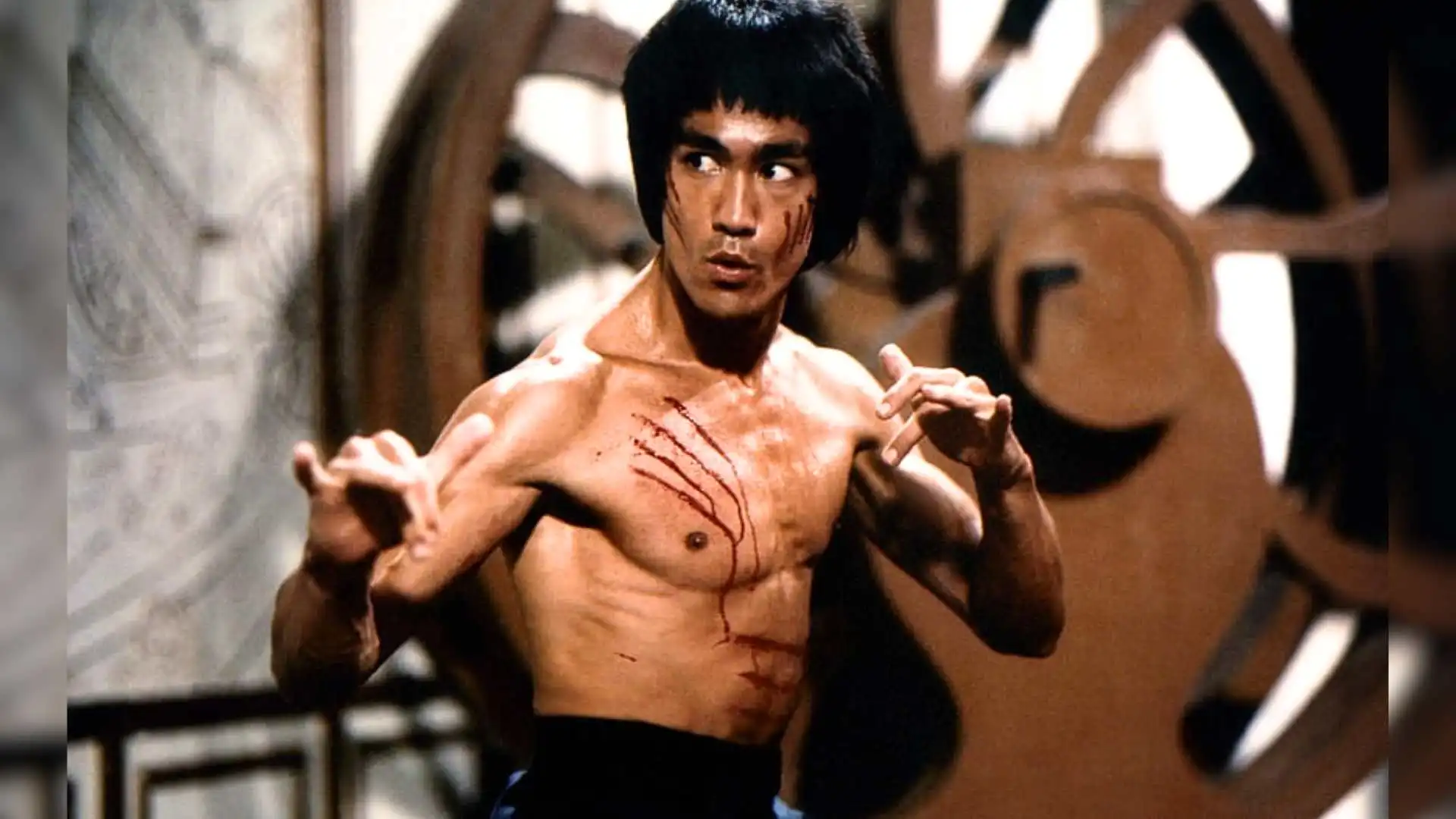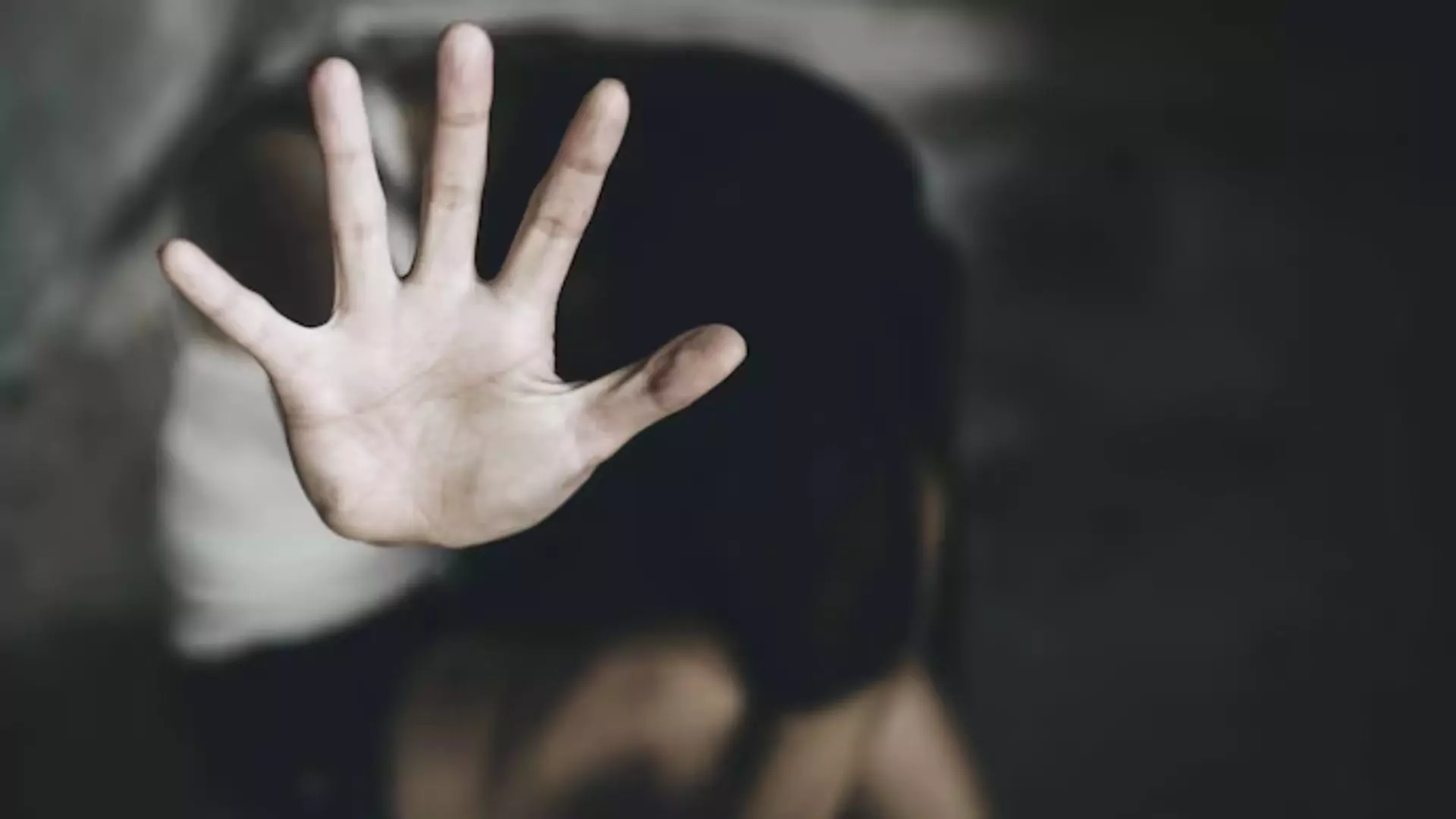On Sunday, a violent confrontation occurred in Sambhal, Uttar Pradesh, after a court-ordered survey was carried out at the Shahi Jama Masjid in the Kot Garvi area. The survey was initiated in response to a petition claiming that the site once hosted a Harihar temple. The clash between protesters and security forces escalated, leaving four people dead and several others injured, including police personnel.
The violence erupted as a large group of individuals gathered near the mosque and began chanting slogans. Tensions quickly intensified, leading to clashes with security forces, the setting of vehicles on fire, and stone pelting. In response to this unrest, the Uttar Pradesh government has announced strict measures to hold those responsible accountable.
UP Government’s Firm Stand
In the aftermath of the Sambhal violence, the Uttar Pradesh government has vowed to take strong action against the individuals involved. An official spokesperson stated that the government plans to recover the costs of damages to public property from the protesters. Additionally, posters of the individuals involved in stone pelting and other disruptive actions will be displayed in prominent public spaces across the state.
The move aims to deter similar incidents in the future and hold individuals accountable for their actions. The spokesperson also mentioned the possibility of announcing a reward for information that could lead to the arrest of the accused. This approach mirrors the actions taken by the government during the anti-CAA protests in 2020 when posters of accused individuals were displayed in key locations across the state, including the state capital. However, those posters were eventually taken down following a court order.
25 Detained, Several FIRs Filed
The violent clashes in Sambhal led to significant property damage and injuries, prompting swift police action. Authorities have arrested 25 individuals in connection with the violence and registered seven FIRs. Among the arrested individuals are Zia-ur-Rehman Barq, the Samajwadi Party MP from Sambhal, and Sohail Iqbal, the son of local MLA Iqbal Mehmood. Additionally, more than 2,750 unidentified individuals have been named in the FIRs.
A magisterial inquiry into the incident is currently underway. Krishna Kumar Vishnoi, the Superintendent of Police, confirmed on Monday that the situation in Sambhal was now under control, adding that “strict action will be taken against those responsible for the unrest.”
Opposition Parties Criticize the BJP Government
The violence in Sambhal has sparked strong reactions from opposition parties, who have accused the ruling BJP of fueling tensions. Samajwadi Party leader Akhilesh Yadav criticized the state government, alleging that the violence was a staged “riot.” Senior Congress leaders Rahul Gandhi and Priyanka Gandhi Vadra also condemned the BJP, accusing the ruling party of exacerbating divisions between Hindus and Muslims in the state.
These accusations come amid rising concerns over religious polarization in Uttar Pradesh and other parts of India. Opposition leaders have demanded a thorough investigation into the violence and called for the government to be held accountable for its role in the unrest.
Government’s Position: Ensuring Law and Order
The Uttar Pradesh government, on the other hand, has made it clear that it will take all necessary steps to restore law and order in the region and prevent further violence. The display of posters and the recovery of damages are part of the government’s broader strategy to tackle unrest and discourage public property damage during protests. The state’s leadership maintains that the actions taken are in the interest of maintaining peace and ensuring that those responsible for the violence are held accountable for their actions.
With the magisterial inquiry ongoing and law enforcement actively investigating the incident, the Sambhal violence remains a key issue in Uttar Pradesh’s political discourse. The situation is expected to have wider implications for the state’s political climate, particularly in the lead-up to future elections.

















